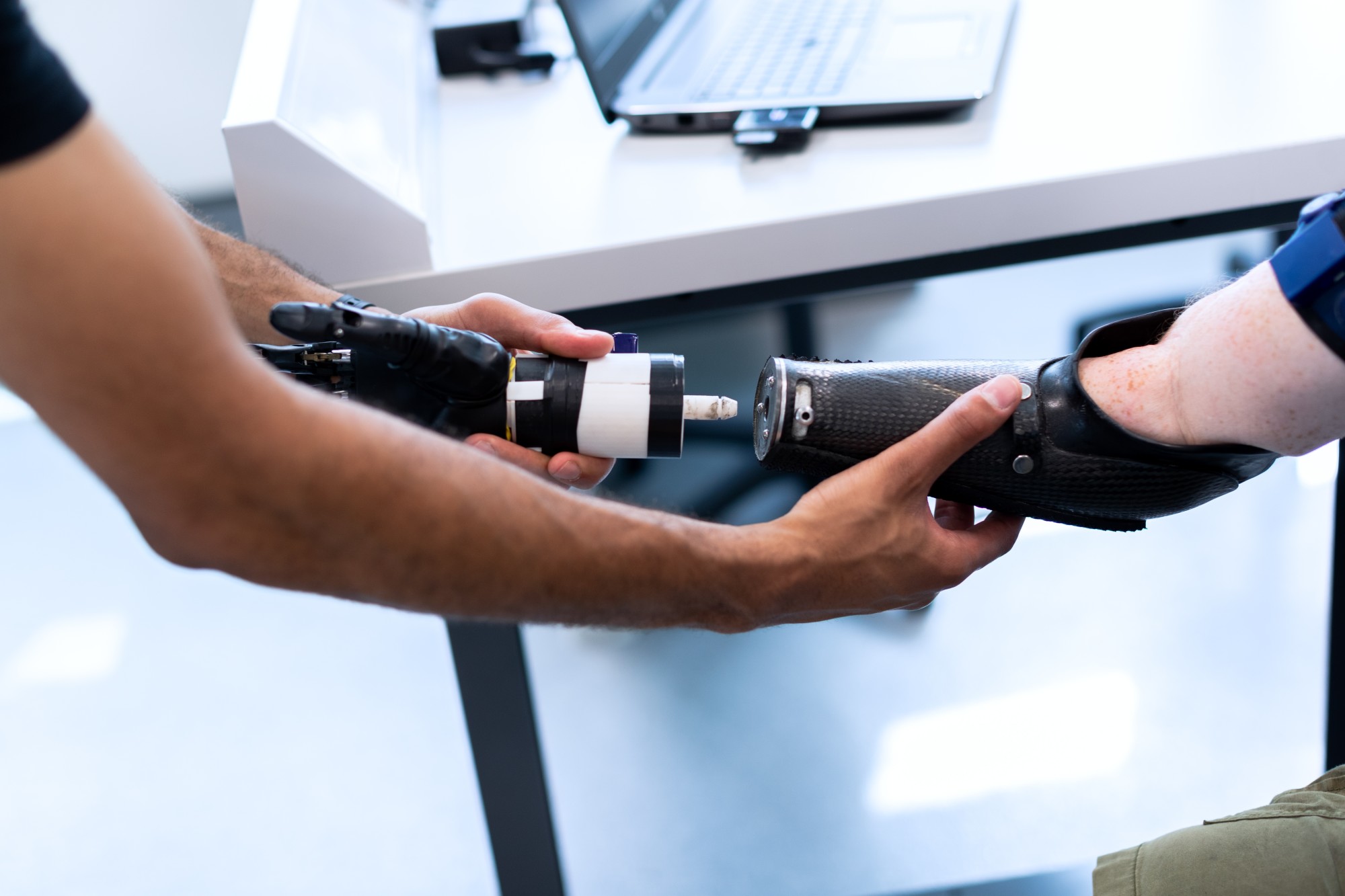
According to the paper Estimating the prevalence of limb loss in the United States, limb loss is projected to double to 3.6 million in 2050.
At the moment, it is the norm to use metal composites for prosthetics, but carbon fiber is going to transform this industry.
As medical advancements progress, carbon fiber prosthetics won’t be a part of the luxury goods sector, they’ll be standard. As those in the industry investigate the true extent of carbon fiber applications, more medical experts get excited.
While we will be focussing on prosthetics in this article, the use of surgical carbon fiber implants is also exploding.
But what are the essential characteristics that make carbon fiber favorable for medical use?
Why Carbon Fiber is Better In Medical Applications
SMI works with composites on a daily basis. Carbon fiber is lighter and stronger than steel.
Also, forming carbon fiber products can be done by using autoclave curing, out-of-autoclave curing, bladder molding, cast molding, and compression molding.
Components produced will be of the highest standard and can be created in the exact form needed. Also, material characteristics change to be more rigid, lighter, and more durable than metals like titanium.
Most importantly, several outstanding, intrinsic characteristics make carbon fiber perfect for medical use, like:
- X-rays can pass through carbon fiber
- The body can accept carbon fiber implants
- Density and elasticity are similar to bone
According to a study involving rats called Carbon Fiber Biocompatibility for Implants, carbon-fiber-reinforced composites stimulated osseointegration inside tibia bone marrow.
Also, the percent bone area (PBA) increased with carbon fiber.
In comparing a surface area of 0.1 mm (0.0039 inches) between carbon fiber and titanium alloy, carbon fiber’s surface area came in at 77.7% more integrated than the 19.3% posted by the titanium.
While this all focuses on implants, carbon fiber prosthetics will benefit from the many intrinsic characteristics of the material.
Prosthetics Benefits
By using a robust and flexible material, you can create prosthetic solutions perfect for everyday use.
Carbon fiber is:
- Lightweight
- Flexible
- Strong
- Adaptable
The world is your oyster when it comes to producing carbon fiber solutions.
And lately, the mixture of carbon fiber and polymers gives a much broader scope of use.
Polymers will bind the layers together, while the carbon fiber will store elastic energy.
This elastic energy helps restore the prosthetic to its standard shape after placing weight on top of it. Also, the shape of the prosthetic will assist in creating more stored energy.
Both these attributes improve the action of walking on a prosthetic leg enormously.
Weight is vital for prosthetics, no matter what activity you’re engaging in. Carbon fiber is much lighter than metal composites and can be molded into thinner prostheses.
So, if you’re eager to start working with composites for your medical study, we can help.
SMI Composites Wants to Help You Work with Carbon Fiber
Our team of experts is working around the clock to ensure we’re bringing the most innovative medical solutions to the table.
Whether it’s for prosthetics, radiation testing, and more, we can help.
Feel free to contact us today for a quote to start your next innovative carbon fiber project.
